Aral sea
The Aral Sea finds life
The Aral Sea is situated in Central Asia, on horseback on two countries, Kazakhstan and Uzbekistan.
This big inner sea withdrew in several separate reservoirs, it was transformed into a salt lake, shrinking regularly during the second half of the 20th century.
Waters of two main rivers feeding the sea, the Amu-Darya in the South, and the Syr-Daria in the northeast, served for irrigating the cotton plantations of the region, what transformed the Aral Sea into a desert called Deserted of the Aralkoum.
Of the Aral Sea there are in 2009 only 2 lakes, one in the South and the other one even smaller in the North. The retreat of the Aral Sea added in some years of successive droughts, left ports in full lands annihilating the business of the fishing.
The bed of the Aral Sea occupies a surface about 65 000 km2, more half of which was transformed into desert. The constant winds and the poor vegetable cover provoke an intense erosion creating small dunes of sand from 5 to 6 km, very fast.
Sandstorms, more and more frequent on the region of the Aral Sea, have grave impacts on the fauna and the flora.
The major stake for the 50 million persons of the region, is to dedicate means to a rational management of the water in all this pond. The big brown spot in the South of the Aral Sea is the delta of the Amu-Darya, the region of extensive agriculture.
Uzbekistan, country of 27 million inhabitants is the second world cotton exporter after the United States today. The cotton is its first economic resource.
The rehabilitation of the Aral Sea began in 2001 with the construction of a work in concrete 13 km long allowing to contain durably waters of Small the Lake Aral. Waters of the part the North of the Aral Sea rose of 12 m to 42 m. Its surface increased by 30 %.
The salinity came down again at an acceptable level for the reintroduction of the disappeared sorts of fishes. The fishing started again and we assist a climatic revival with an effect of dew and the more frequent rains.

Image: Aral Sea: bottom right of the image, the Kyzyl-Kum desert. Image taken on March 6, 2009 by the MERIS (Medium Resolution Imaging Spectrometer) camera on the Envisat satellite. source: ESA
Articles on the same theme
"The data available on this site may be used provided that the source is duly acknowledged."
 The Demographic Transition: Growth or Decline?
The Demographic Transition: Growth or Decline? 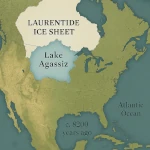 Lake Agassiz: A Deluge that Changed the Climate
Lake Agassiz: A Deluge that Changed the Climate  Drunken Forests: Understanding the Phenomenon of Permafrost Thaw
Drunken Forests: Understanding the Phenomenon of Permafrost Thaw  There is Electricity in the Air!
There is Electricity in the Air!  Why Doesn't CO2 Fall to the Ground?
Why Doesn't CO2 Fall to the Ground? 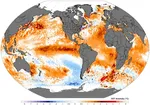 Dramatic Consequences of the El Niño Phenomenon
Dramatic Consequences of the El Niño Phenomenon  Will man be the biggest animal on Earth?
Will man be the biggest animal on Earth? 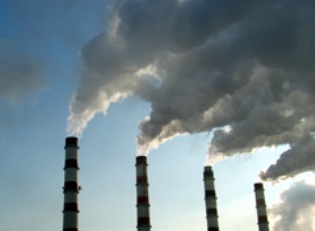 Acid
rain beyond the natural
Acid
rain beyond the natural 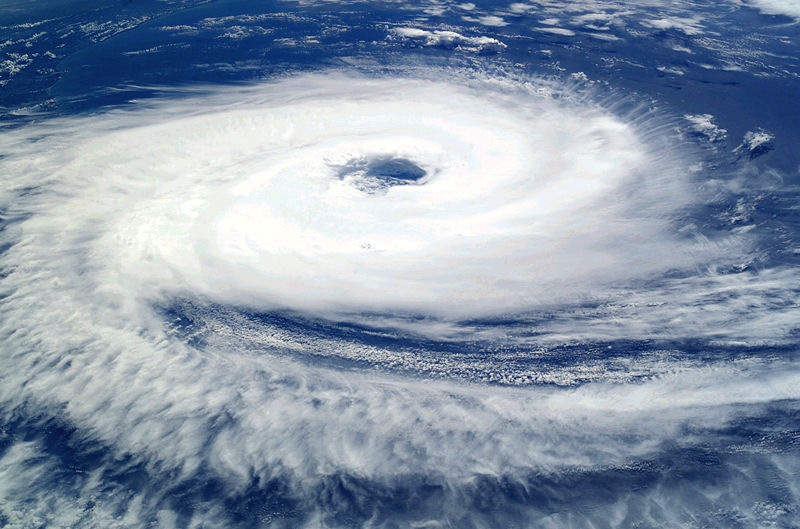 Global warming
Global warming 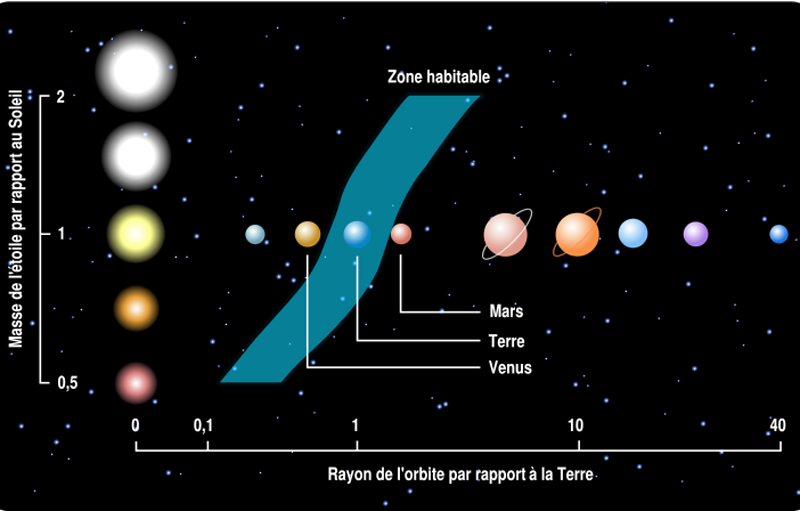 Habitable zones or ecosphere of stars
Habitable zones or ecosphere of stars 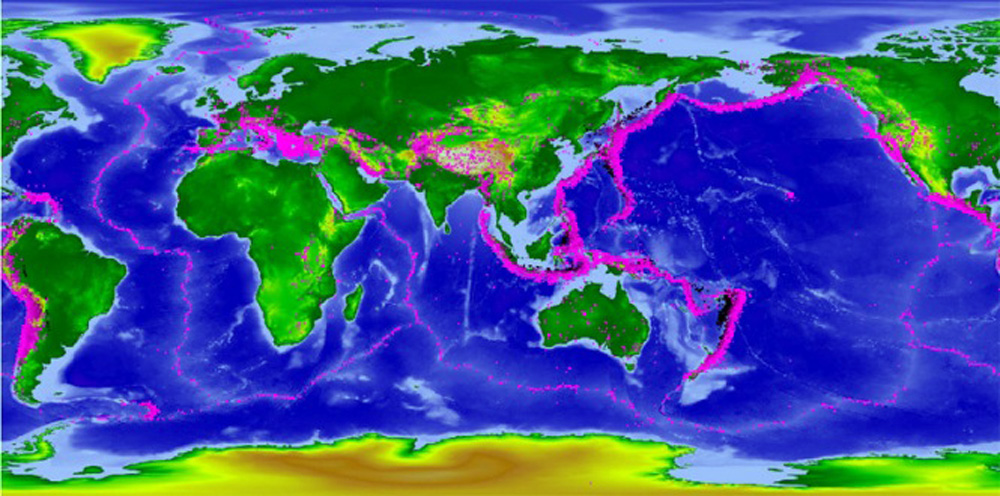 Ocean water from elsewhere
Ocean water from elsewhere 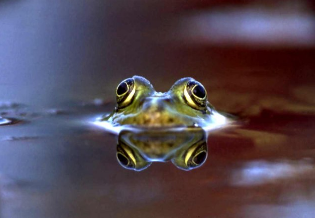 Sustainable development, the living are watching us
Sustainable development, the living are watching us  The largest dam in the world
The largest dam in the world  The Hottest Years Since Records Began
The Hottest Years Since Records Began 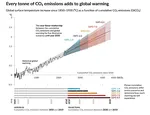 Magnitude of future global warming
Magnitude of future global warming  Earth in crisis, the end of a stable world
Earth in crisis, the end of a stable world 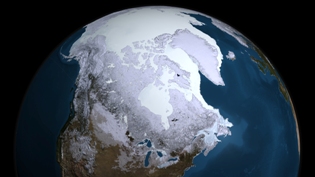 Decrease
in sea ice
Decrease
in sea ice 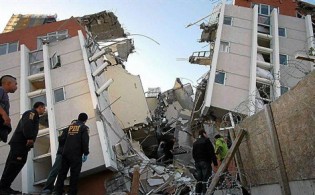 Chile earthquake
Chile earthquake
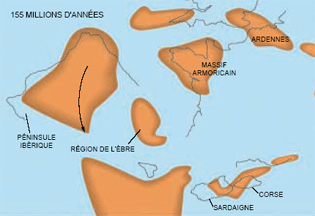 Water reservoirs on Earth
Water reservoirs on Earth  How much is the sea level rising?
How much is the sea level rising? 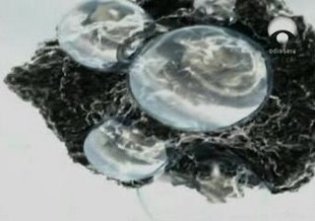 Planetary
Darkening
Planetary
Darkening  The Land of Thirst
The Land of Thirst 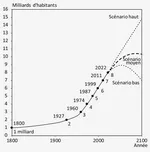 World Population from 1800 to 2100
World Population from 1800 to 2100  Space debris, exponential increase
Space debris, exponential increase 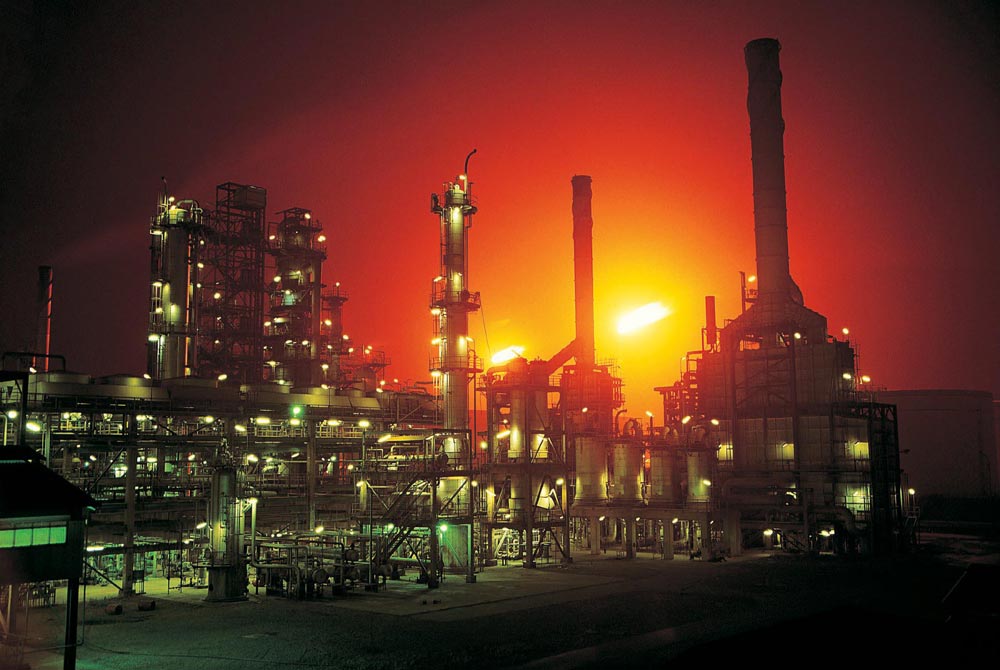 Oil
at the dawn of a revolution
Oil
at the dawn of a revolution  Kamchatka
giant crab
Kamchatka
giant crab 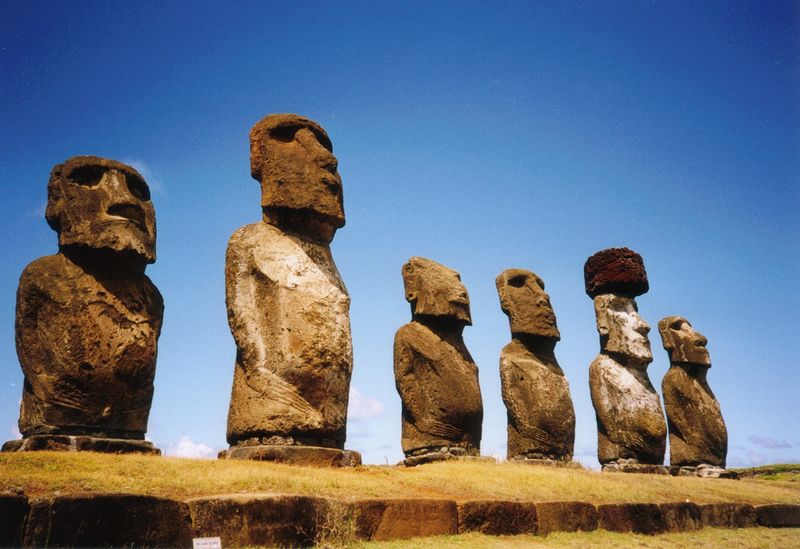 The
collapse of a society
The
collapse of a society 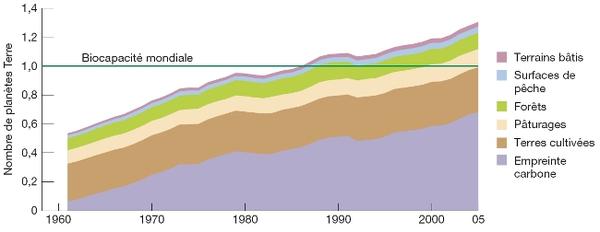 Global Ecological Footprint
Global Ecological Footprint 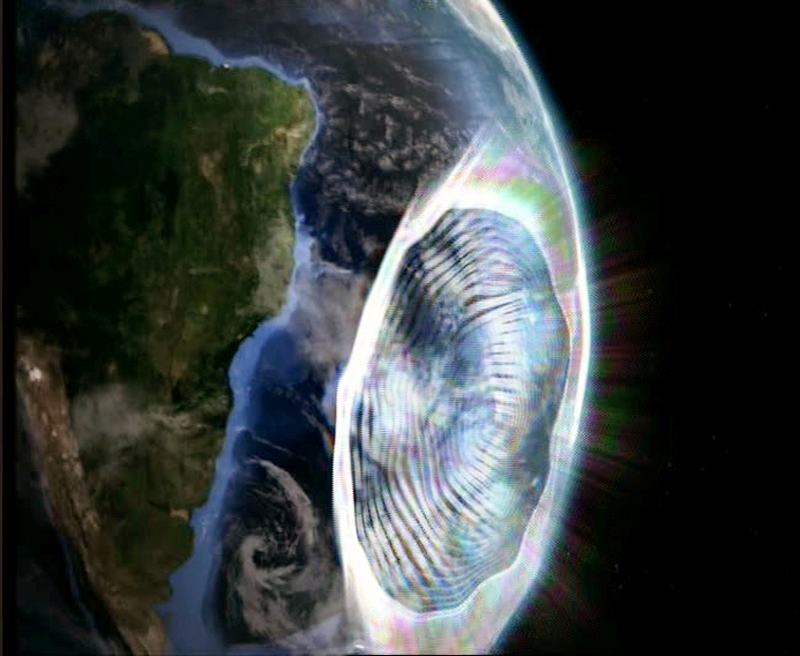 The South Atlantic Anomaly
The South Atlantic Anomaly  The phenomenon of soil sinking is called subsidence
The phenomenon of soil sinking is called subsidence  Supercritical water, a special state
Supercritical water, a special state  The disturbing cloud cover of the Earth
The disturbing cloud cover of the Earth